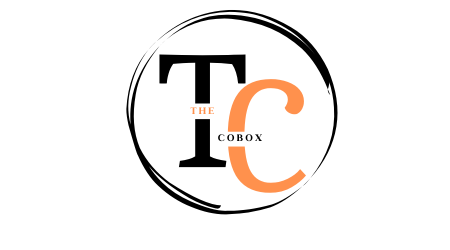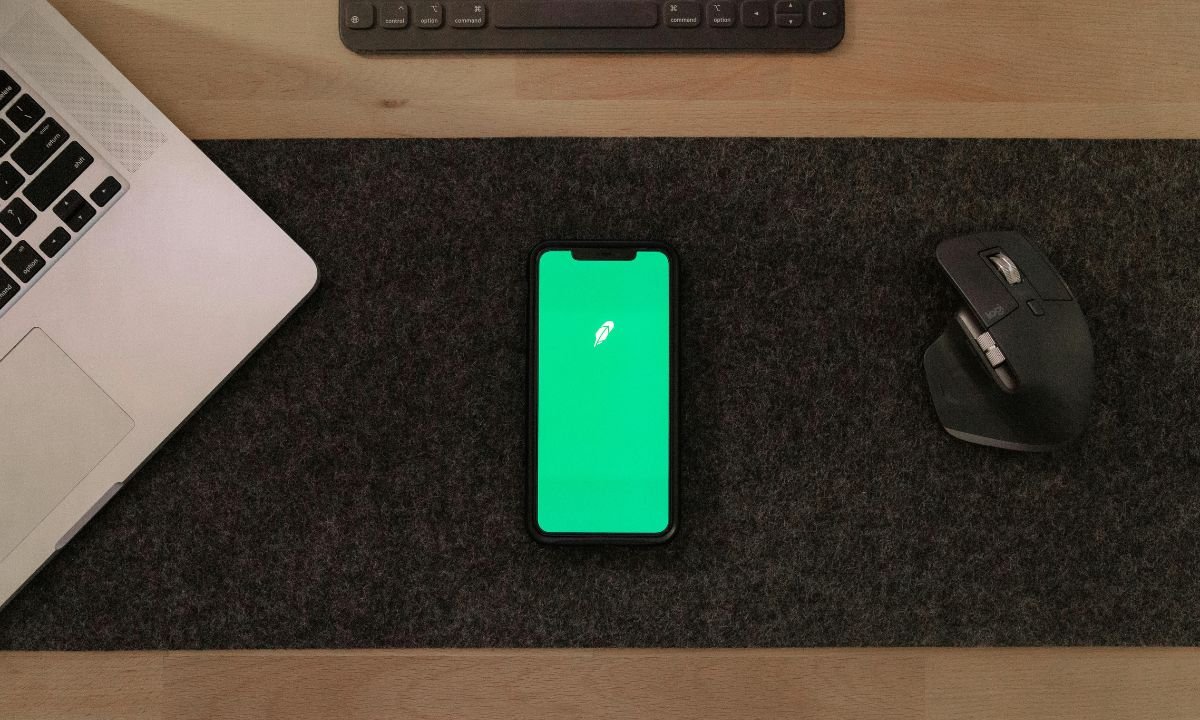Introduction
The financial world holds few stories as gripping as the GameStop saga—a landmark moment where retail investors turned the tables on Wall Street. The phrase “GameStop February October irwin decrypt” symbolizes the intersections of finance, technology, and an empowered cohort of individuals challenging tradition. From the explosive short squeeze in January to the unfolding impact in February and October, GameStop’s narrative offers unprecedented lessons about markets, decentralization, and collective action.
But there’s far more to this story. It stretches beyond a single stock and dives into blockchain innovation, decentralized finance (DeFi), and a glimpse into the future of tech-powered democratized finance. This exploration aims to unpack the significance of events like GameStop’s short squeeze, its blockchain pivot, and the intricate relationship between finance and technology, all while focusing on “Irwin decrypt” within this evolution.
Dive in as we analyze the details of one of the most significant reckonings Wall Street has faced—and what it means for investors, companies, and financial systems moving forward.
The GameStop Short Squeeze: A Detailed Analysis
What Exactly is a Short Squeeze?
To understand the GameStop saga, we must first define a short squeeze. It occurs when a heavily shorted stock rapidly increases in price, forcing traders who bet against the stock (short sellers) to buy shares to cover their positions—fueling further price spikes.
The January Frenzy
GameStop (GME) caught the world’s attention in January 2021, as retail investors on forums like Reddit’s r/WallStreetBets mobilized to counteract hedge funds shorting the company’s stock. Major players like Melvin Capital faced enormous losses, as GME’s share price skyrocketed from around $17 to nearly $500 in a matter of weeks.
The event was not just about market mechanics—it was a cultural movement. Armed with commission-free trading apps like Robinhood, everyday investors demonstrated collective power not seen before. Social media became a battlefield where memes, financial data, and rallying cries merged into a digital uprising.
The Role of Retail Investors
Retail investors embraced the GameStop short squeeze not just to make a profit but also as a way to challenge traditional gatekeepers of financial markets. The David-versus-Goliath narrative resonated globally, proving that financial markets were entering a new era of increased participation and decentralization.
Aftermath and Impact: February and October
February 2021 – Stabilization and Reflection
February began the cooling-off period after the January chaos. Regulators and financial institutions scrutinized platforms like Robinhood, which had limited trading during the surge. Legislation proposals emerged to increase transparency in stock trading and protect investors. However, GameStop’s share price still remained elevated compared to pre-squeeze levels, showing how sentiment, rather than fundamentals, can dictate market behavior.
October 2021 – A Turning Point
By October, volatility returned as GME remained a highly discussed “meme stock.” Investors and financial pundits debated whether GameStop’s valuation reflected the company’s potential or was purely speculative. Furthermore, GameStop revealed its intentions to pivot toward blockchain technology, signaling that the company was keen on leveraging its newfound relevance to evolve into a more tech-forward enterprise.
GameStop’s Pivot to Blockchain and the DeFi Connection
Blockchain and NFTs at GameStop
GameStop’s pivot began with its announcement of a blockchain division focused on developing an NFT marketplace. This move aimed to broaden the company’s horizons by capitalizing on the burgeoning world of decentralized digital assets.
By enabling gamers to buy, sell, and trade assets via NFTs, GameStop could create a thriving ecosystem within the gaming industry while tapping into decentralized finance (DeFi) principles.
How This Aligns with DeFi
The connection between GameStop and DeFi is striking. Both represent a drive toward decentralization and democratization. Just as GameStop investors challenged centralized Wall Street players, DeFi seeks to remove traditional intermediaries like banks in financial transactions. This alignment symbolizes a shift in both perception and utility within the broader financial ecosystem.
The Irwin Decrypt: Decoding the Future
What Does “Irwin Decrypt” Represent?
The phrase “Irwin decrypt” suggests uncovering new layers of meaning and technological significance within the GameStop narrative. It’s symbolic of the broader mission to decode the complexities of modern finance and how technology can be a driver of disruption.
It may also allude to the evolving terminology and signals used in tech-forward communities. Just as the short squeeze depended on digital coordination and understanding, “Irwin decrypt” epitomizes an ongoing effort to make sense of an increasingly cryptic financial and technological landscape.
The Broader Implications
Decoding the lessons of the GameStop saga isn’t just about one company or one set of investors. It’s about understanding how technology empowers individuals, shifting dynamics in industries once dominated by institutional players. The story of GameStop indicates that the future of finance will involve integrated systems that blend human decision-making with AI, blockchain, and decentralized protocols.
Lessons from GameStop
GameStop’s saga carried lessons for retail investors, financial institutions, and companies alike:
- Retail Power Matters: Individual investors can move markets when united by tech and purpose.
- Social Media’s Growing Influence: Platforms like Reddit and Twitter play critical roles in financial discourse.
- Adaptation is Key: GameStop’s pivot toward blockchain demonstrates the importance of evolving in the fast-paced digital economy.
What Lies Ahead
The GameStop February Octoberirwindecrypt phrase encapsulates more than just financial history. It represents a shift toward democratization, decentralization, and innovation. GameStop’s story is far from over—it’s a continuing dialogue on how people, technology, and ideas can rewrite financial rules.
For finance enthusiasts, retail investors, and technology advocates, this tale is a reminder that the future is unwritten but within reach.
Stay informed, stay curious, and keep an eye on GameStop and the innovations it represents.
YOU MAY ALSO LIKE
HQPotner and Small Business Strategies
FAQs
1. What is GameStop February Octoberirwindecrypt?
It’s a phrase encapsulating GameStop’s key moments from its short squeeze in early 2021 to its blockchain pivot and cultural impact seen later that year.
2. What caused the GameStop short squeeze?
The short squeeze occurred due to the actions of retail investors on forums like Reddit’s r/WallStreetBets, who targeted hedge funds shorting GME stock.
3. How is GameStop connected to blockchain and DeFi?
GameStop has pivoted toward blockchain technology by creating an NFT marketplace, aligning itself with decentralized finance principles.
4. What does “Irwin decrypt” symbolize?
“Irwin decrypt” signifies the act of uncovering deeper meaning in the GameStop saga, particularly its tech and finance narratives.
5. Why is GameStop’s story significant?
GameStop symbolizes a turning point in finance where individuals and technology combine to challenge traditional systems, shaping the future of decentralized economies.











